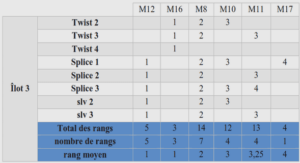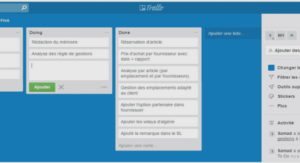Development Challenges
Different IFIs focus on various development challenges, such as promotion of growth and job creation, poverty reduction, improved health and education and insurance systems,
greater food security, climate change mitigation, and transitioning toward well-functioning markets. This section provides an overview of some of these challenges.
Broad Development Challenges
Food Security. There is increasing recognition that the era of cheap food is gone and that a food price crisis may be one of the biggest challenges now facing most developing countries.
According to the Food and Agriculture Organization of the United Nations (FAO), food production (net of food used for biofuels) will need to increase by 70 percent in order to meet demand from a global population of 9 billion people by2050.
IFIs have different ways of expressing the key challenges they try to address. Presented below is a brief review of some of the major 2 In mid-2008,
international food prices reached their highest level in 30 years, which, when added to the development themes expressed by IFIs: global economic crisis, contributed to push an additional 115 million people into poverty and hunger.
Improving People’s Lives. Improving people’s lives is at the core of the mandate of many IFIs. This development objective often includes advances in overall growth and productivity, increased jobs and incomes, poverty reduction, provision of safety nets, and improvements in availability of essential goods and services, such as housing, infrastructure, health, and education.
After a brief respite in 2009, the FAO Food Price Index surpassed its 2008 peak again in December 2010. Inclusive Growth. A related development concept for IFIs is inclusive growth. Inclusive growth refers to a focus on economic growth in a country that is both broad-based across sectors and inclusive of the large part of the country’s labor force. This concept includes attention to the welfare of the poor but also to opportunities for the majority of the labor force, poor and middle class alike.
The Climate Change. Climate change could affect many important development goals, such as those related to water, food, health, and poverty, and its impacts could disproportionately affect the poorest countries. The greatest mitigation opportunities, especiall energy efficiency, remain in middle-income countries.At the United Nations Framework Convention on Climate Change summit in Cancun in December 2010, developed countries reaffirmed their CopenhagenAccord pledge to provide $30 billion up to 2012 as “fast-track” climate financing and to help catalyze $100 billion per year by 2020 to address climatechange challenges in developing countries.
Poverty Reduction. Many IFIs view poverty reduction as the core of their mission. Poverty Market Development. A number of IFIs include in their missions helping countries make the transition toward well-functioning markets, with competitive and innovative businesses,reduction is associated not only with raising environmental and social conditions reflect incomes of the poor but also with providing the poor with greater opportunities for jobs people’s needs.
World Bank, What Is Inclusive Growth? (Washington, DC: World Bank, 2009).
FAO, How to Feed the World in 2050



